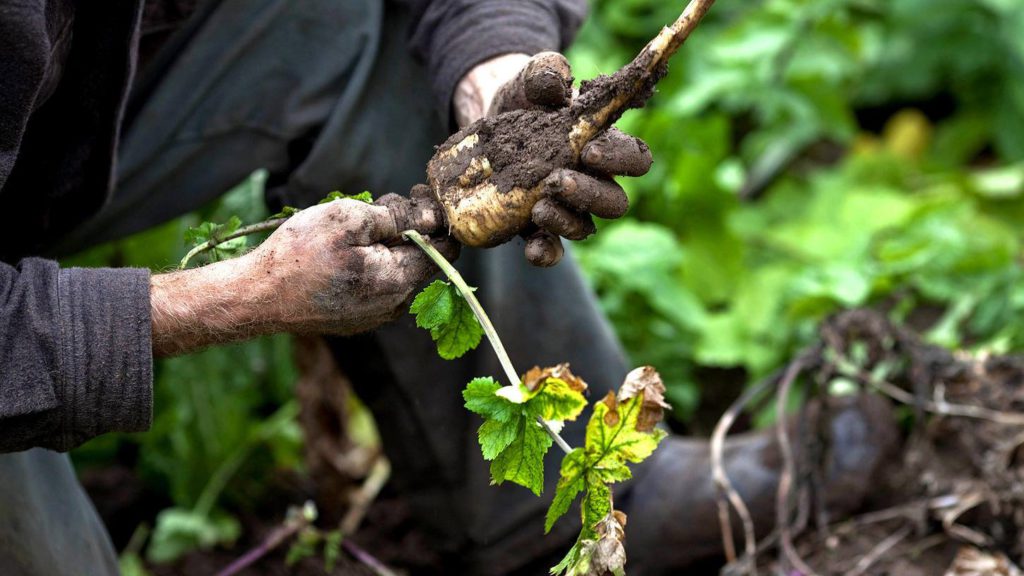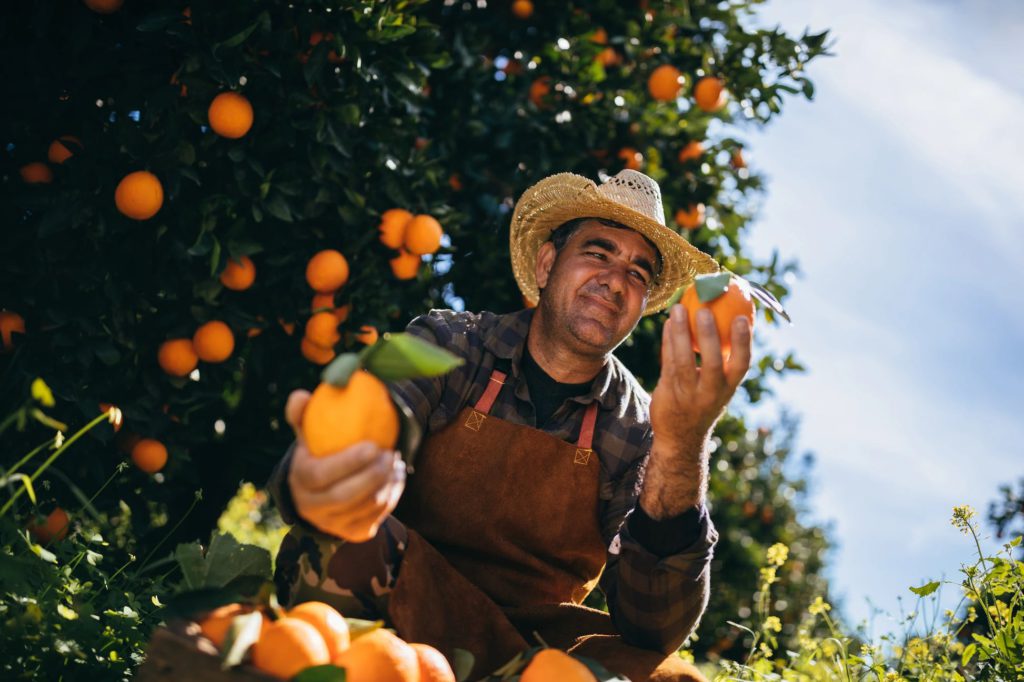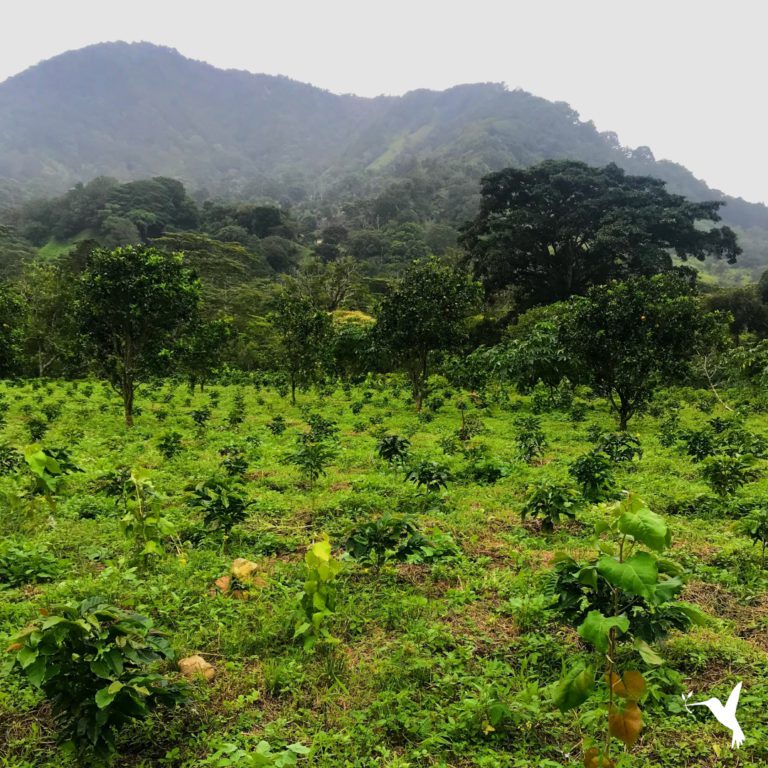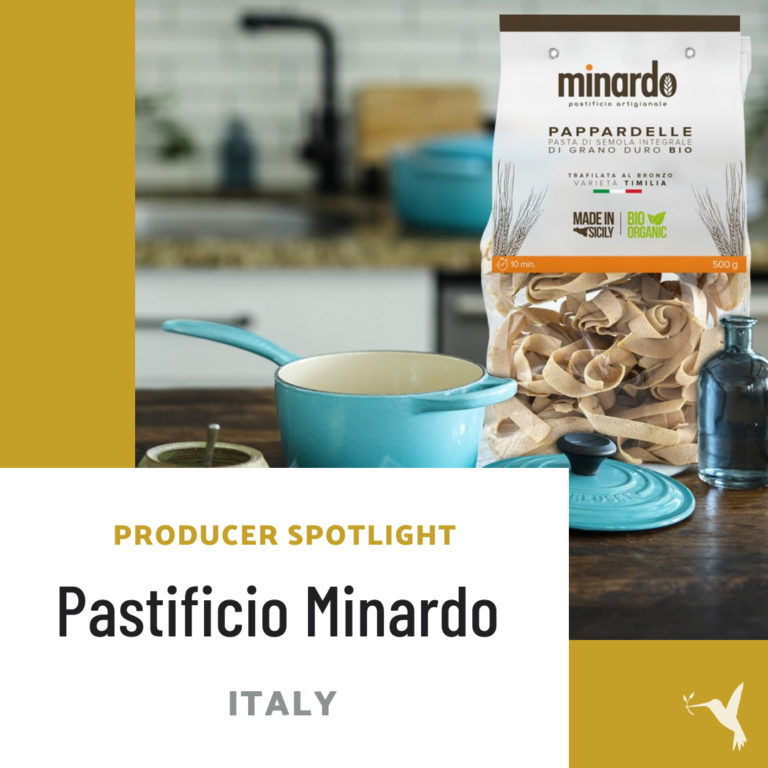The Urgency For Regenerative Agriculture
Why It’s Time To Do More Than Just Sustain
Regenerative agriculture is an approach to farming using a philosophy that is centered around sustainability. The Natural Resources Defense Council defines regenerative agriculture as a style of farming that nourishes people and the earth. Regenerative agriculture is multidimensional, which means it can be integrated into all aspects of the farming industry.

Specific practices may vary from grower to grower and from region to region. Farmers may adopt their own regenerative techniques as long as their practices are positively impacting the environment in three main ways. The Regenerative Organic Alliance separates them into three pillars: soil health, animal welfare, and social fairness. This means that while producers can interpret this philosophy in different ways, they must be using practices that address all three pillars in order to be certified regenerative.
Harmful Non-Regenerative Practices
As the human population continues to increase, we require more intensive and accelerated agricultural productivity. Innovations in farming techniques allow us to meet these intense agricultural needs. However, many of these techniques are damaging our planet and creating serious environmental issues. Here are three main ways non-regenerative agriculture is threatening our environment:
Irrigation
Agriculture accounts for 70 % of human freshwater consumption. As we continue to use such a large portion of our freshwater consumption for agricultural purposes, we increasingly deplete our natural freshwater resources and ultimately negatively impact the soil conditions for plant growth.
Chemical Fertilizers
Synthetic fertilizers increase production which helps us meet the growing demand for agricultural products. They also pose a huge threat to our environment. Excess levels of nitrogen and phosphorus have caused the once-beneficial nutrients to become pollutants. Roughly half the nitrogen in synthetic fertilizers escapes from the fields and makes its way to the soil, air, and water. This kind of pollution decreases biodiversity, creates invasive algae blooms, and harms native plants and habitats.
Carbon Emissions
The agriculture sector is one of the biggest emitters of CO2, the greenhouse gas (GHG) most responsible for the changes we are seeing in our climate today. Together with forestry and other land use, agriculture is responsible for just under 25 percent of all human-created GHG emissions.
Current Regenerative Practices
It is not too late to combat these negative impacts on our planet. It is possible to imagine a world where all humans can access healthy food, where our food systems are built on foundations of respect for animals, people and the planet, and where agriculture is more than just sustainable–where it is actually beneficial to the earth.

Many farmers and scientists are using and exploring regenerative practices around the world to increase environmental sustainability. From regenerative irrigation systems to decreased physical disturbances in the production process, scientists and researchers are seeking solutions. Other popular regenerative practices include rotation of cover crops, diversification in produce, and conservation in plowing and tillage. These are just a few ways we can decrease our carbon footprint, contribution to pollution, freshwater consumption, and erosion to our terrain.
What the Statistics Have to Say
The Rodale Institute leads research on regenerative agriculture and they believe that if all global croplands and pastures were converted to regenerative organic agriculture, the world could sequester more than 100% of the planet’s current annual CO2 emissions.
With better cover crop rotation, 85% of annually planted U.S. cropland could sequester around 100 million tons of carbon dioxide per year. This would offset about 18% of U.S. agricultural production emissions. Furthermore, in addition to the environmental benefits, a recent study found that farms with regenerative practices were 78% more profitable than those with only conventional practices. As regenerative agriculture becomes more popularized and necessary, we hope to continue to see a positive change to our planet.
The Future of Regenerative Agriculture
The conversion from traditional farming techniques to regenerative practices will not be easy for producers. However, we are just beginning. Luckily, the U.S government is offering programs and grants to farmers adopting conservation practices. As the future leads us towards the implementation of regenerative agriculture, more opportunities for farmers to adopt these practices will become available. And the good news is that there are many farms and projects leading the way! For example, Oatman Farms in Arizona is working hard to inspire other farms with their model of using heritage grain to conserve water. And Noble Ocean Farms is farming kelp to sequester carbon and honor indigenous practices in what is now called Alaska.
We invite you to have a look through our platform where you will find many other inspiring examples.


